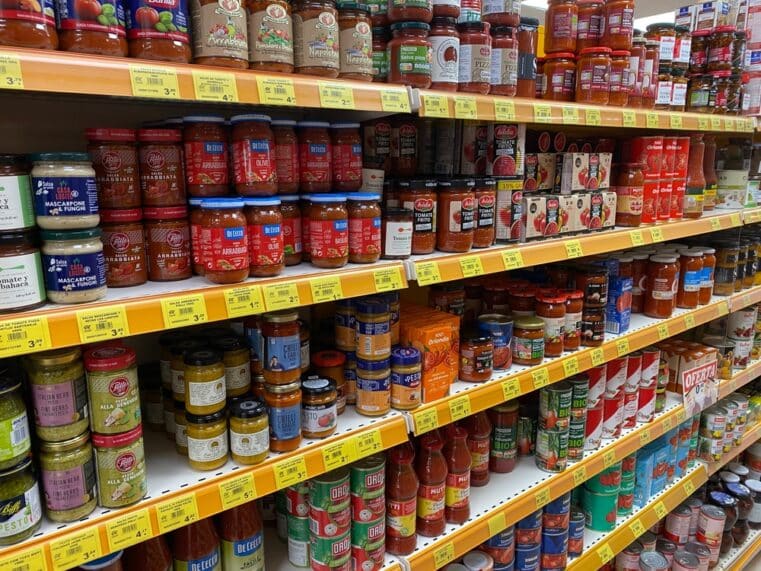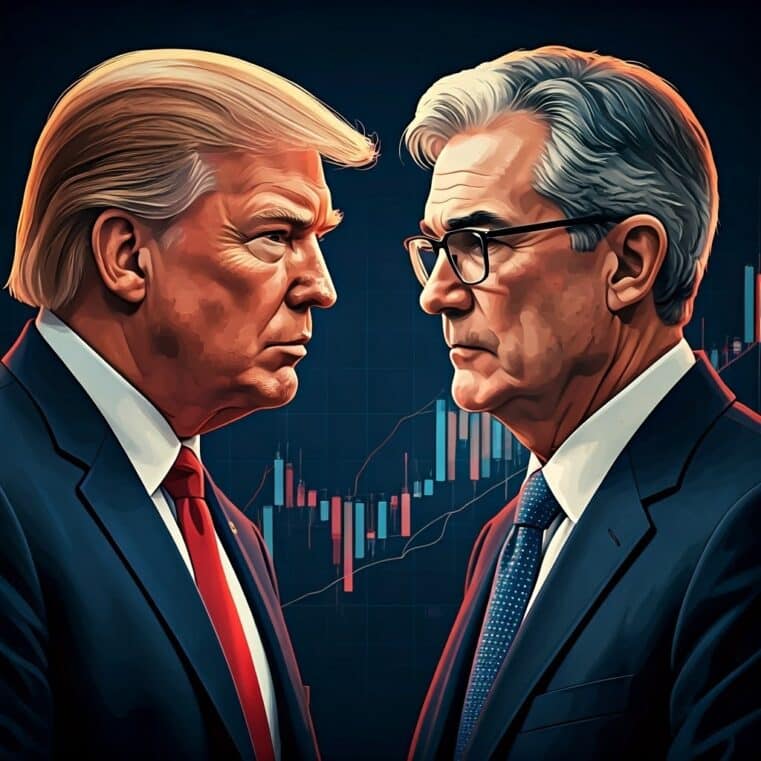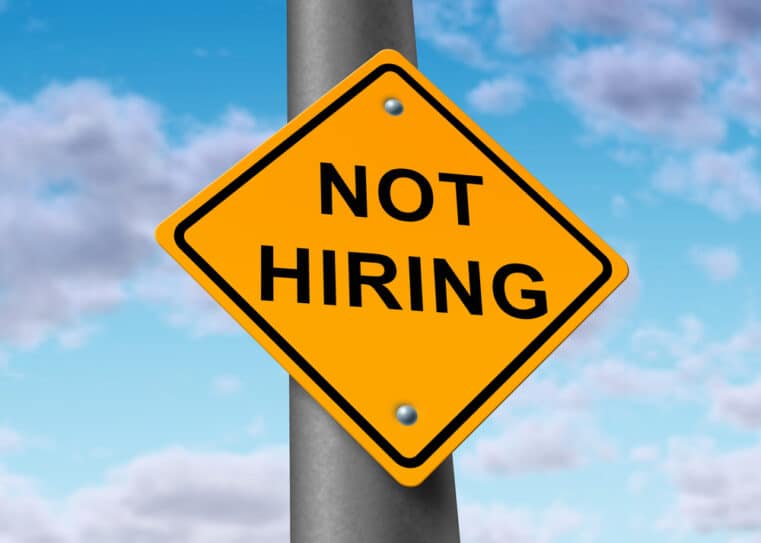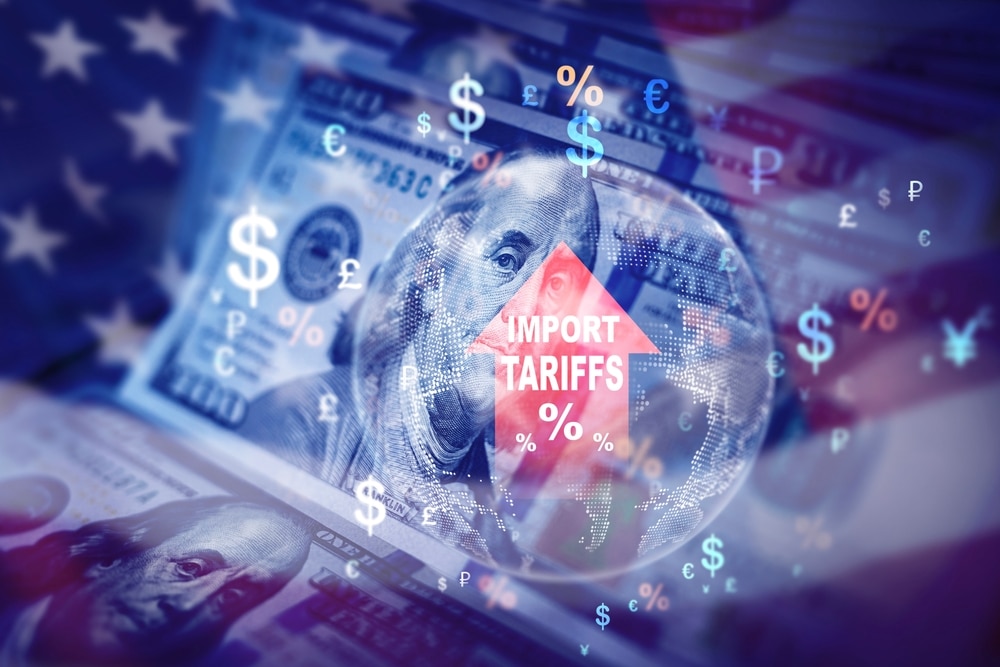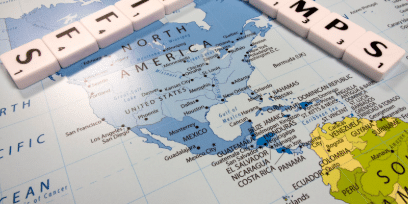
Trump’s New Tariffs: A Temporary Disruption or the Start of Something Bigger?
Another week, another economic battlefront opened. The Trump administration has officially imposed new tariffs targeting Canada, Mexico, and China, citing their failure to curb the deadly fentanyl trade. The breakdown is as follows:
- 10% tariff on energy imports from Canada and China
- 25% tariff on all other imports from Canada and Mexico
The White House is framing this as a necessary move to pressure these nations into action against fentanyl production and smuggling. But is this really about drugs, or is this just another chapter in the long-simmering trade war that never truly ended?
The Fentanyl Off-Ramp: Real or Just Political Theater?
Trump’s justification for these tariffs revolves around fentanyl, an issue that has devastated American communities. According to his administration, if Canada, Mexico, and China take significant steps to crack down on fentanyl production and distribution, the tariffs could be lifted.
- Canada’s Role: The focus here is on the precursor chemicals used to make fentanyl, which remain legal under Canadian law. The Trudeau government is scrambling to shorten the time it takes to ban these substances, but their enforcement efforts remain weak. A new regulatory unit within Health Canada is being proposed, but many critics wonder why the RCMP isn’t leading the charge instead.
- Mexico’s Role: The White House expects Mexico to clamp down on cartel activity, hitting fentanyl production at the source. Given the cartels’ deep entrenchment in Mexico’s political and economic systems, this will be a tall order.
- China’s Role: Beijing has long been accused of flooding global markets with fentanyl precursors, but with only a 10% tariff imposed, it’s clear this is just the opening move in a larger negotiation. Expect more tariffs on Chinese goods down the line if they don’t play ball.
If these nations comply, these tariffs could be short-lived. But given the entrenched interests involved, don’t hold your breath.
Who Pays the Price? Understanding the Real Cost of Tariffs
The media wants you to believe that tariffs automatically mean higher prices for American consumers. But the reality is far more complex.
- Importers Bear the Initial Cost: When a U.S. importer brings in goods from Canada or Mexico, they now have to pay an extra 25% at the border. But that doesn’t necessarily mean prices skyrocket overnight.
- Negotiating Lower Prices: The first move importers make is to push back on suppliers, demanding price reductions to offset the tariff. A 10-20% price cut from Canadian and Mexican exporters is not out of the question, especially if they want to keep their market share.
- The Currency Factor: The Canadian dollar and Mexican peso have both fallen significantly against the U.S. dollar—by 18-20% in recent months. That means American importers are already paying less in dollar terms, which helps neutralize the impact of tariffs.
- Absorbing Some Costs: Businesses may choose to eat some of the increased cost rather than pass it on to consumers immediately—especially if they believe the tariffs will be temporary.
The bottom line? Prices might rise, but not nearly as dramatically as the media claims.
Could This Spark a Full-Scale Trade War?
There’s always a risk that Canada, Mexico, or China retaliate with their own tariffs. And they’ve already started threatening to do just that. But here’s the thing: these countries rely heavily on the U.S. market. If they escalate, they risk cutting off their biggest customer.
Still, trade wars tend to spiral if left unchecked. If retaliatory tariffs do come into play, expect:
- Higher costs for American exporters
- Increased uncertainty in global markets
- Possible supply chain shifts away from North America
One key area to watch is the USMCA trade agreement. The deal is set to expire soon, and Trump’s tariffs may just be an opening move to gain leverage ahead of renegotiations. This could get ugly fast.
Energy Tariffs: The Real Danger Zone
The most immediate economic threat from these tariffs comes from the 10% tax on Canadian energy imports. Unlike other goods, oil and gas are priced in U.S. dollars, meaning currency shifts won’t offset the cost.
Key risks include:
- Higher gasoline prices: Many U.S. refineries rely on Canadian crude, especially in the Midwest. This could drive up fuel costs in key markets.
- Shipping and logistics issues: The Jones Act and other regulations make it difficult to shift supply quickly, meaning the impact on fuel prices could be swift and severe.
If there’s one area where these tariffs could backfire politically, it’s at the gas pump. And given Trump’s focus on lowering consumer prices, don’t be surprised if energy gets a carve-out sooner rather than later.
Where Does This Go From Here?
Right now, the administration insists these tariffs are temporary and designed to force action on fentanyl. If Mexico and Canada comply, we could see these tariffs rolled back in months, not years.
But if this escalates into a prolonged trade war, the consequences will be far more significant. If Washington gets addicted to the revenue tariffs generate, expect them to expand, targeting more countries and more industries.
And that’s when the real economic pain begins.
Final Thoughts: Is This Messy But Manageable?
For now, this isn’t the economic apocalypse the media is selling. Short-term, this is manageable. But the long-term picture depends entirely on whether these tariffs remain a temporary bargaining chip or morph into a permanent fixture of U.S. trade policy.
Watch energy prices closely, keep an eye on Canada and Mexico’s response, and prepare for volatility ahead. If this drags on, it could be time to rethink where you store your wealth—because once the government gets a taste for tariff revenue, they rarely stop at one round.
Stay Ahead of the Curve
Bill Brocius has been warning about the weaponization of trade policy for years, and his book, End of Banking As You Know It, lays out exactly how to protect your wealth in times of economic uncertainty. If you haven’t already, download Bill’s free guide, “7 Steps to Protect Your Account from Bank Failure,” before the next financial crisis hits.
📥 Download Your Free Guide Here
And if you want real-time, insider-level economic analysis, subscribe to Bill’s Inner Circle Newsletter for just $19.95/month. Because when the next crisis hits, you won’t want to be caught unprepared.



